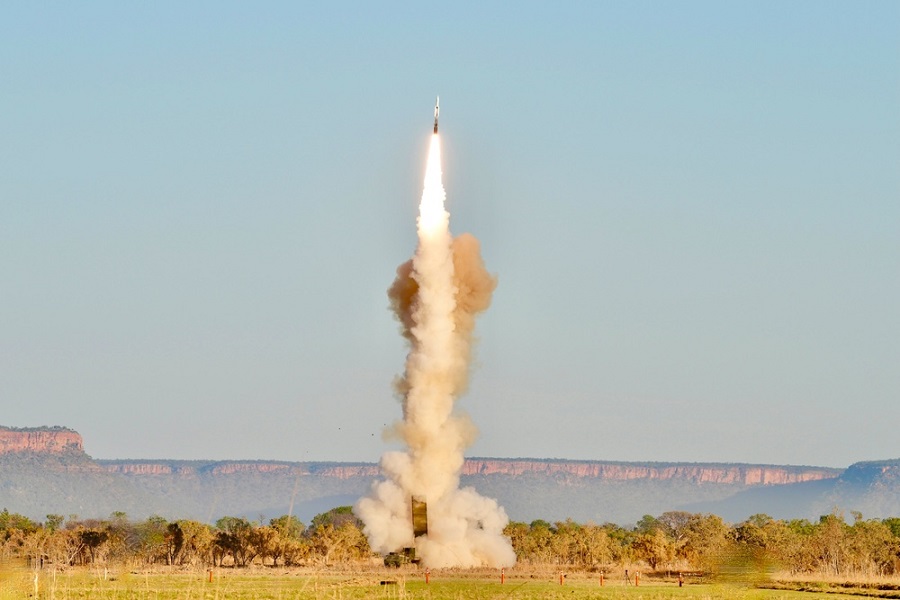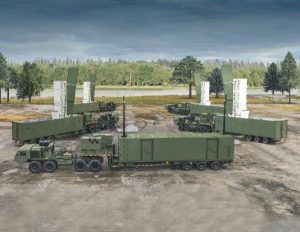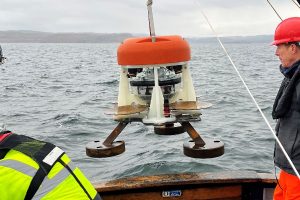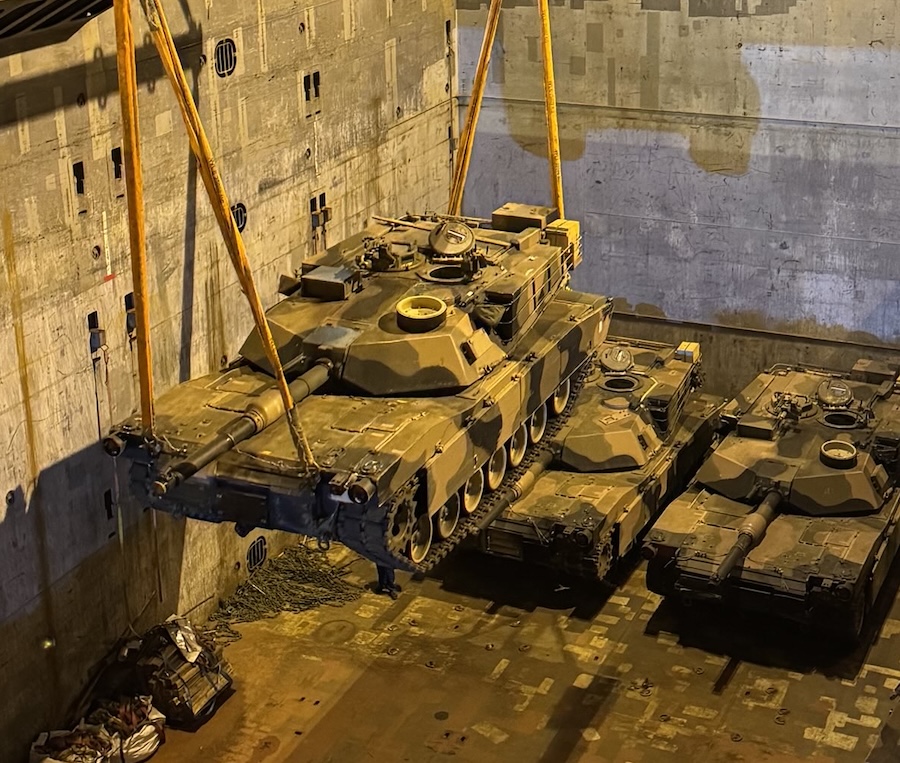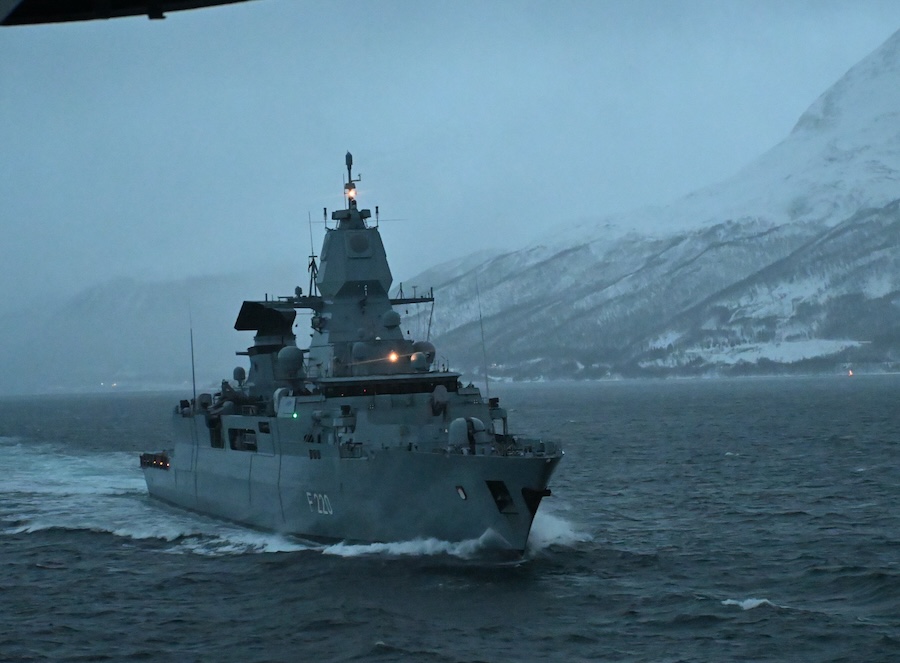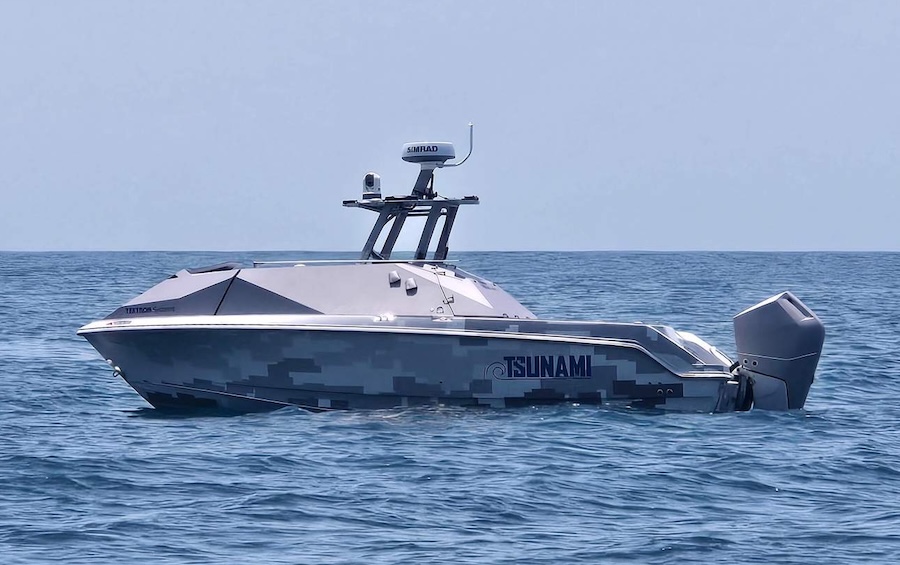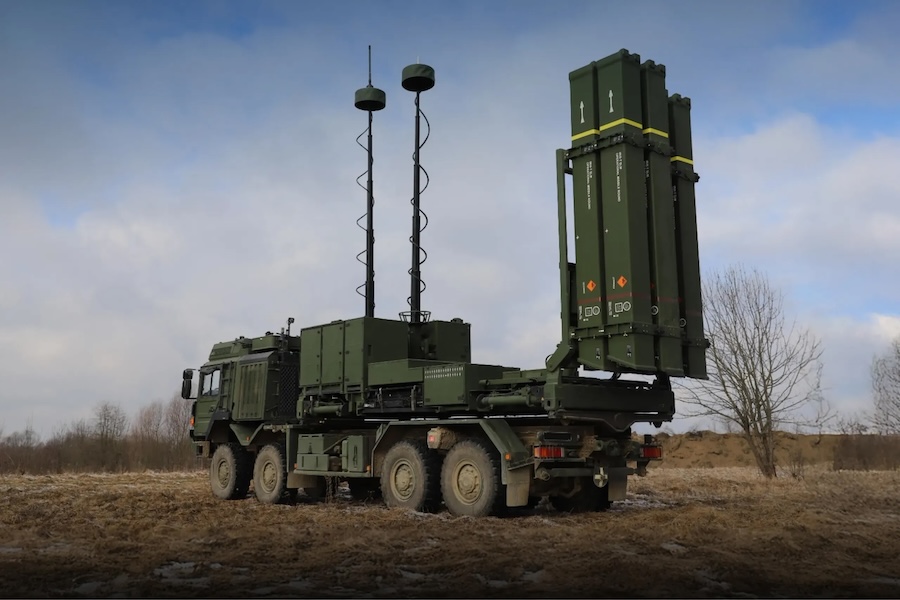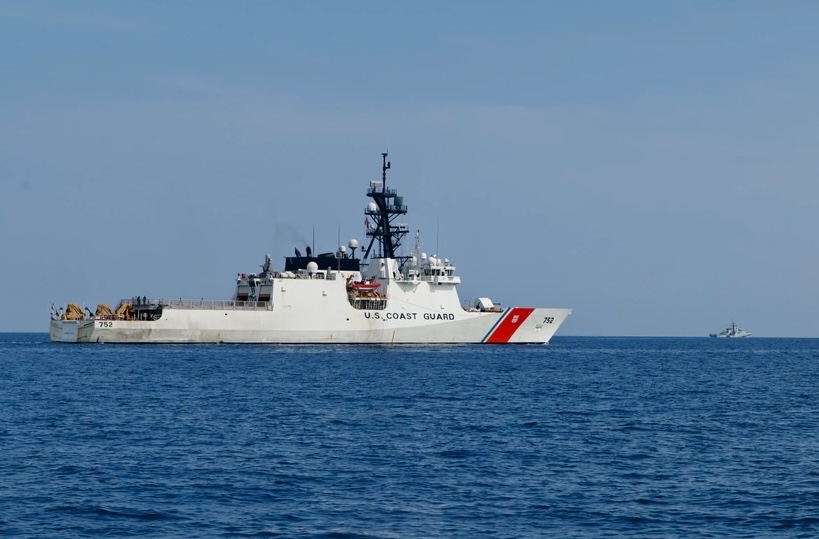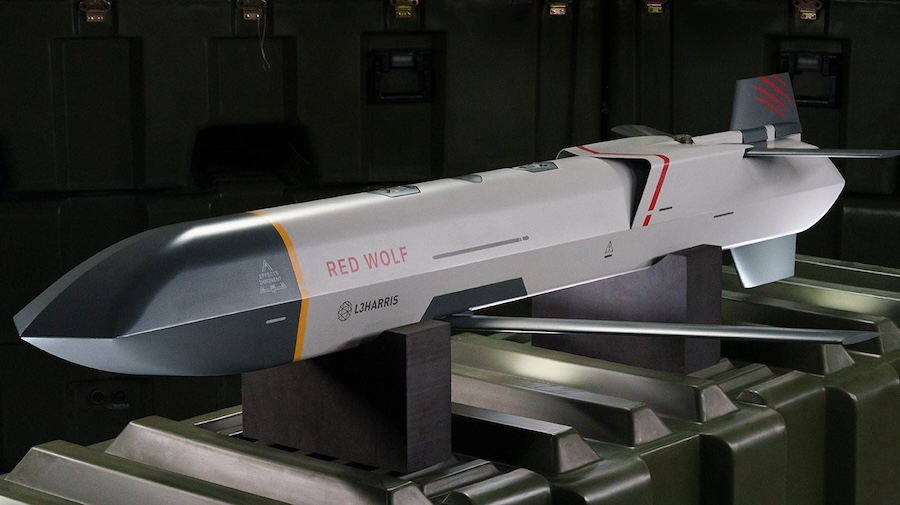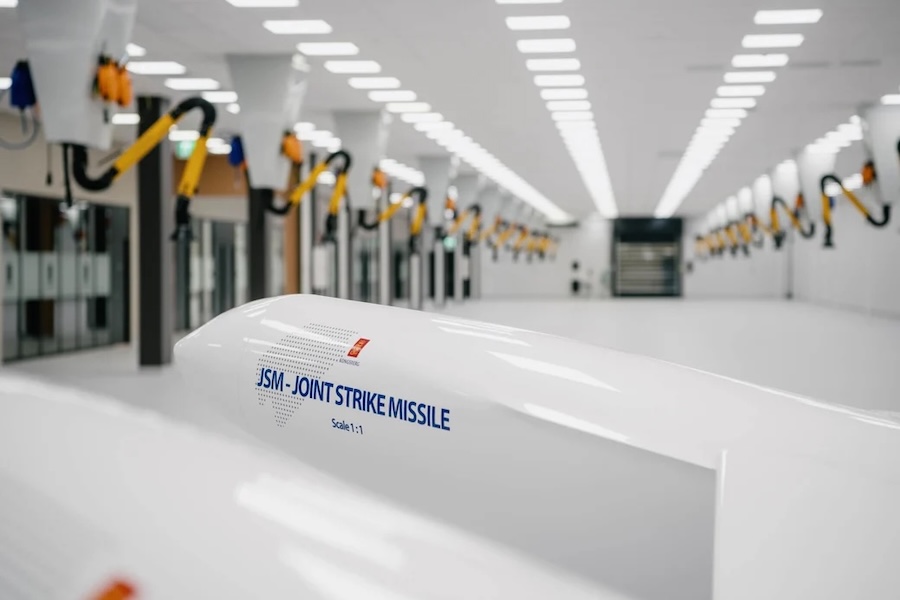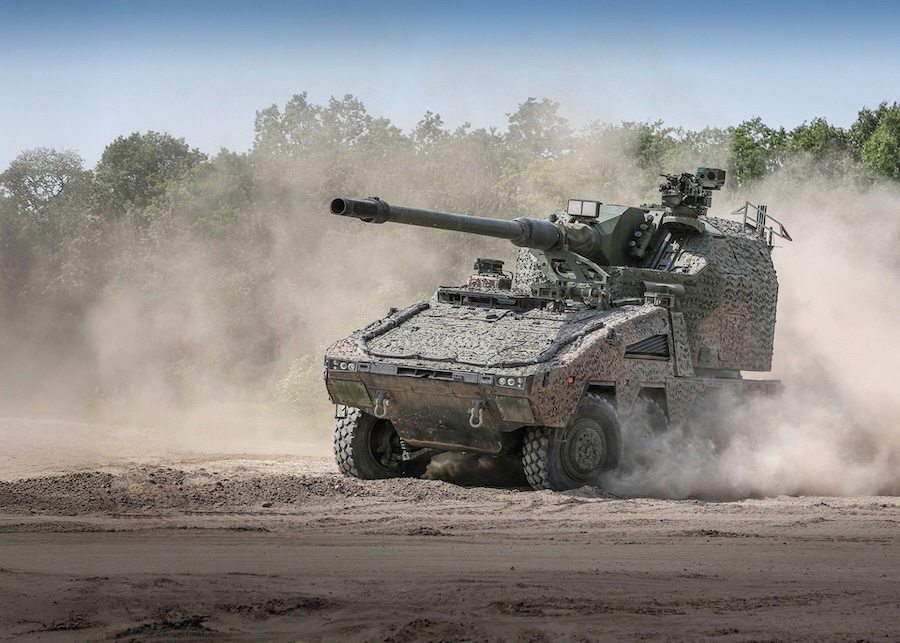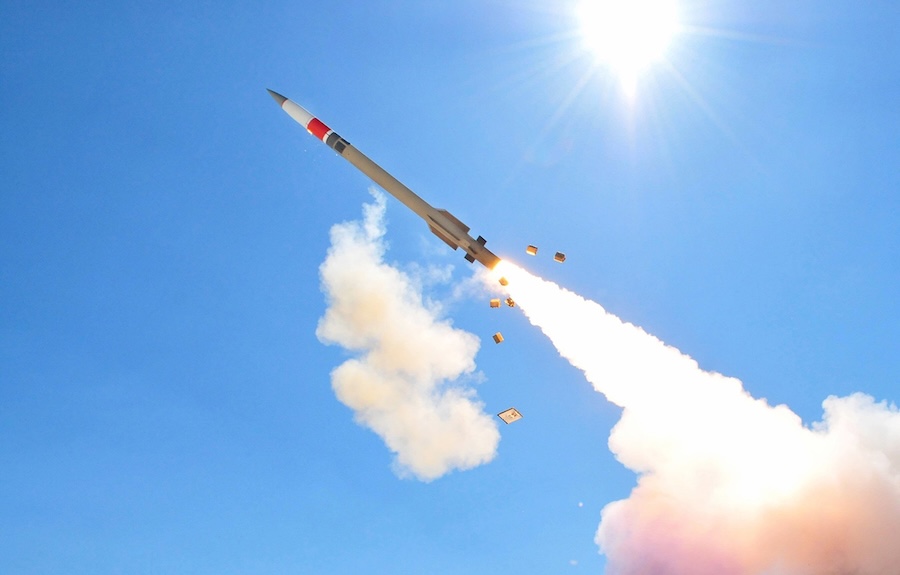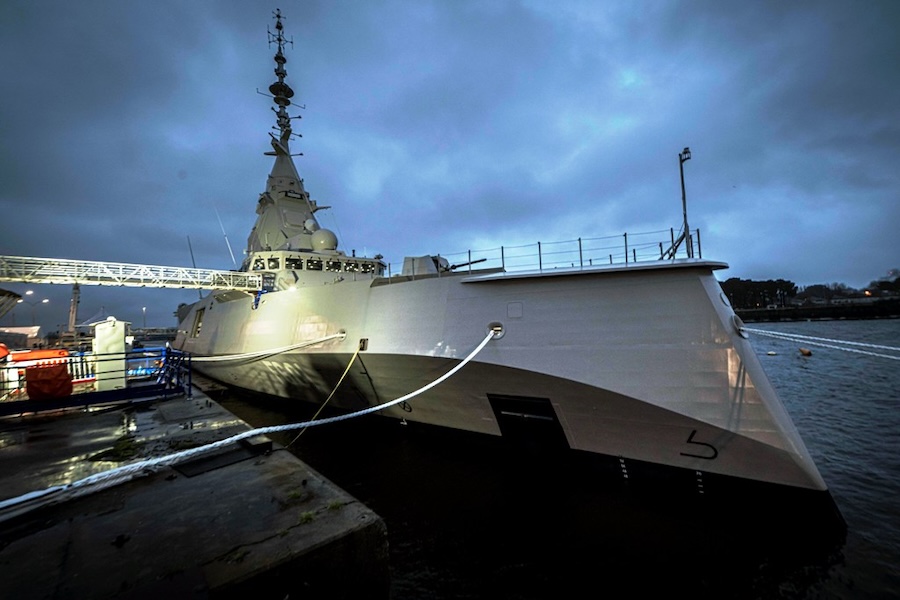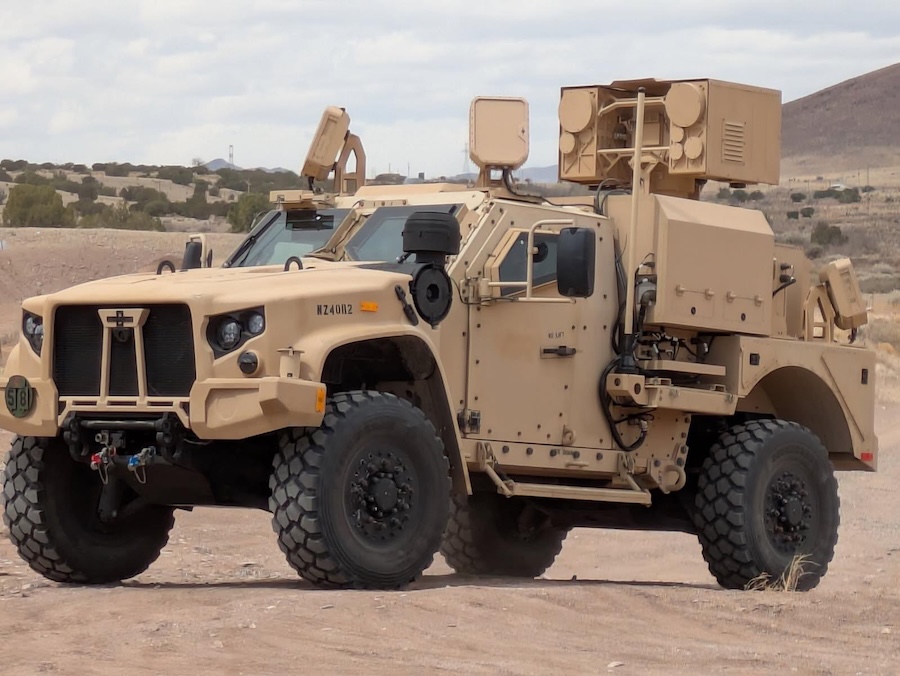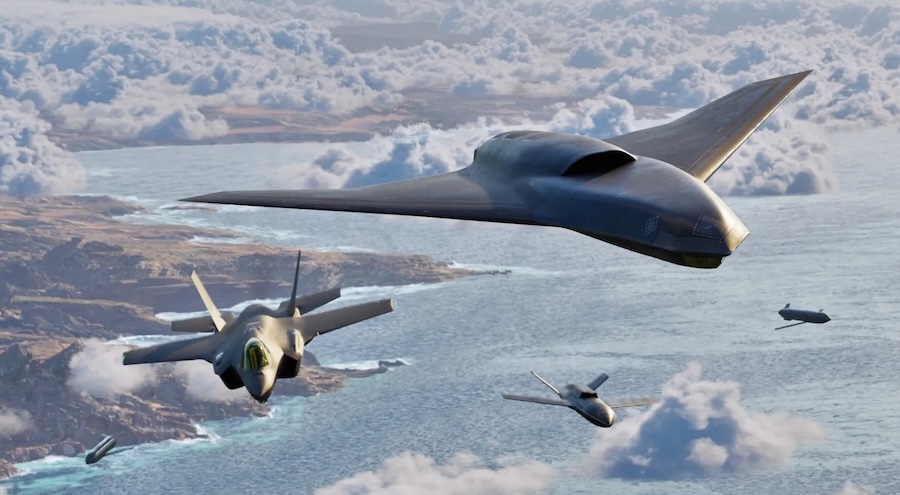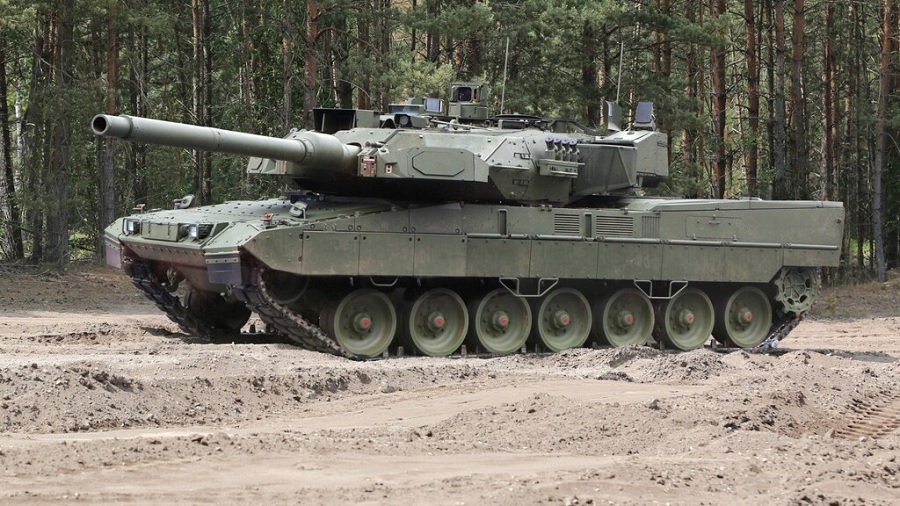The demonstration, which took place in the Northern Territory, involved coordination between the U.S. Army’s 3rd Multi-Domain Task Force (MDTF), the Australian Defence Force (ADF), and Marine Rotational Force – Darwin (MRF-D) 25.3 Marine Air-Ground Task Force (MAGTF). The objective was to support joint and combined littoral manoeuvre through integrated air and sea domain clearance.
“This exercise validated our targeting and command and control interoperability with our partner unit, the Australian 10th Brigade,” said U.S. Army Col. Wade Germann, commander of the 3rd MDTF. “We have set the stage to develop and deploy combat-credible, multi-domain capabilities forward in support of the combined and joint force.”
In preparation, U.S. Marines from MRF-D’s Marine Air-Control Group (MACG) 38 deconflicted airspace and identified a maritime target simulating hostile radar. Intelligence and surveillance assets, including U.S. Navy P-8A Poseidon aircraft and allied special operations forces, provided real-time data to fire coordination centres.
“The detachment’s Marine Air Command and Controls System (MACCS) Control Team (MCT) utilised organic command and control capabilities to provide safe and tactically efficient airspace control and target identification for the execution,” stated 1st Lt. Trevor Brooks, MACG 38 Detachment Operations Officer.
Central to operations was the mobile Combat Operations Center (COC), built around retrofitted civilian vehicles, providing forward-deployed command and control capability. “The mobile COC enables the commander to execute all domain operations from a mobile, resilient, and survivable position,” explained Maj. Malia Haselton, MRF-D 25.3 MAGTF communications officer.
In a synchronised strike, the 3rd MDTF fired the MRC missile on a ballistic trajectory, striking and sinking the designated maritime target. Simultaneously, the ADF’s National Advanced Surface-to-Air Missile System (NASAMS) conducted live-fire intercepts against simulated aerial threats, demonstrating joint layered fires.
Col. Jason C. Armas, commanding officer of MRF-D 25.3 MAGTF, described the integration as critical: “We validated mobile command and control at scale — integrating joint and multinational fires assets to apply decisive combat power at a time and place of our choosing.”
Supporting these efforts, joint ground and air insertions were carried out by U.S. and Australian forces, including MV-22B Ospreys from Marine Medium Tiltrotor Squadron (VMM) 363. During refuelling operations, the aircraft reverse-pumped fuel to Australian ARH Tigers, illustrating interoperability in logistics.
Nearly simultaneously, U.S. Marines with the Logistics Combat Element (LCE) advanced southward, transporting fuel and supplies to support follow-on operations and the Australian 5th/7th Battalion, The Royal Australian Regiment (5/7 RAR). This enabled the combined force to secure simulated maritime key terrain for further manoeuvre operations.
“We provided observation of the Timber Creek airfield and southern boundary of the Bradshaw Field Training Area,” noted Capt. Holdon Loveless of 1st ANGLICO, MRF-D 25.3. “We remained postured to support with fire support coordination capabilities.”
Digital integration was further supported by Defensive Cyber Operations (DCO) personnel within the mobile COC. “DCO is providing forward deployed, organic network monitoring and incident response capabilities,” said Staff Sgt. Robert Gerbec, DCO Chief, MRF-D 25.3.
Adding naval power to the exercise, the HMS Prince of Wales, carrying F-35B aircraft and personnel from VMFA-242 and the UK Royal Air Force, conducted operations off Australia’s coast. Their presence contributed to the exercise’s layered threat approach and joint maritime integration.
1st Lt. Salomon Nino, deputy officer in charge of the Fire and Effects Coordination Center (FECC), said: “Fires coordination between MRF-D and the 3rd MDTF demonstrates the flexible and modular kill chains the joint and combined force brings to bear.”
According to Lt. Col. James Floyd, commanding officer of ADF’s 16 Regiment, “Having the U.S. deploy such a capable system to Australia and get it into the field in a remote location is a good indicator that if we had a real situation we can plan and operate together.”
As operations shift toward Cloncurry and Bootu, combined forces will continue refining expeditionary basing, refuelling, and contested mobility tactics. Talisman Sabre 25 remains the largest military exercise in the Indo-Pacific, with over 35,000 personnel from 19 nations participating.



